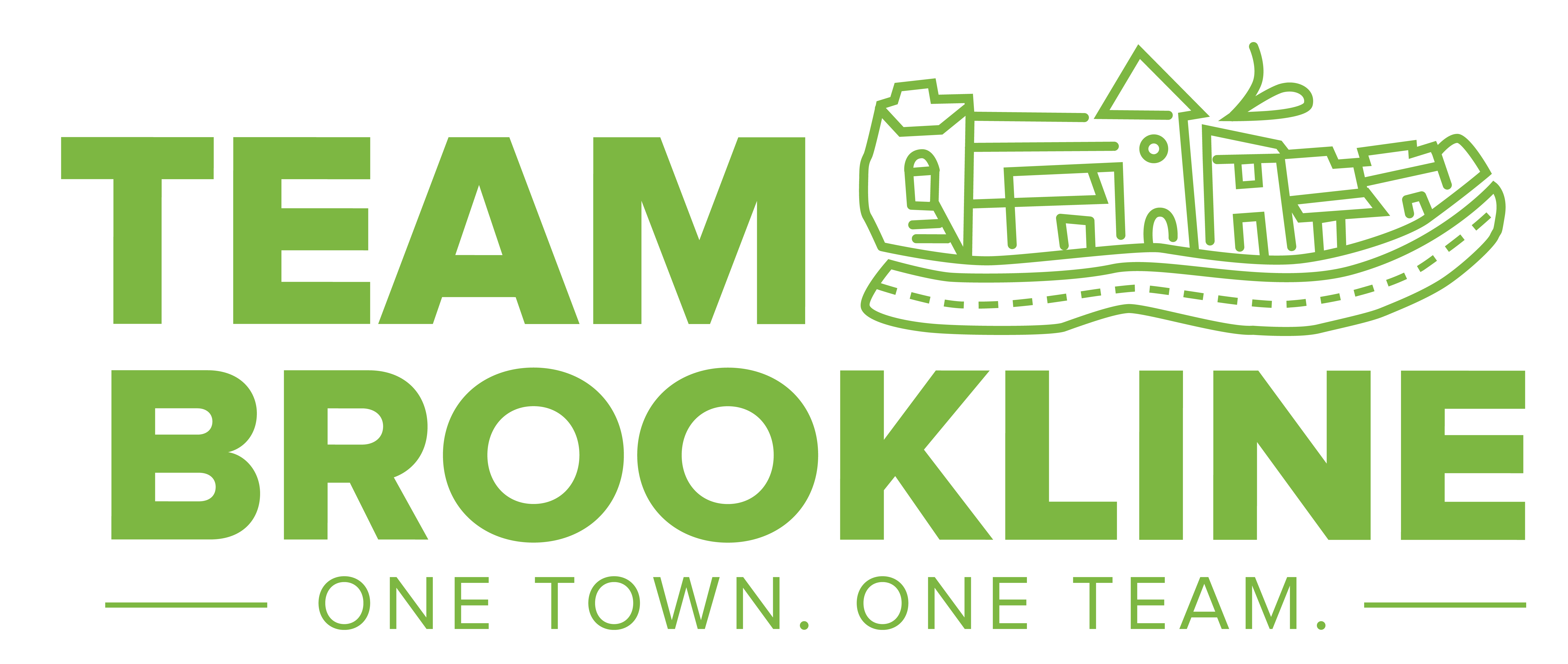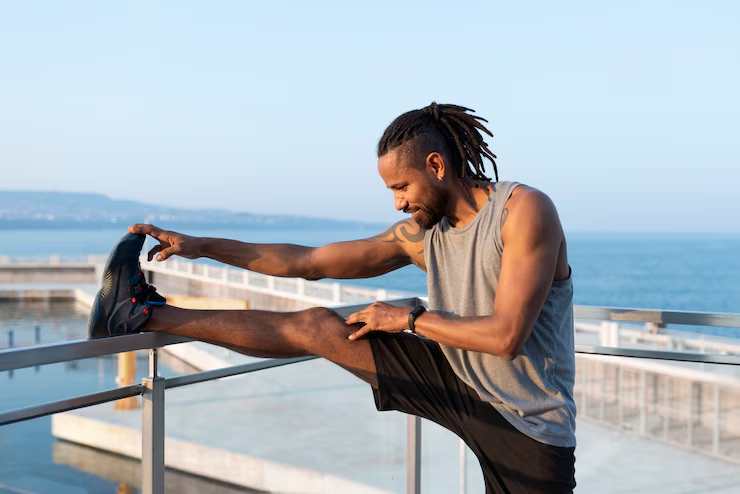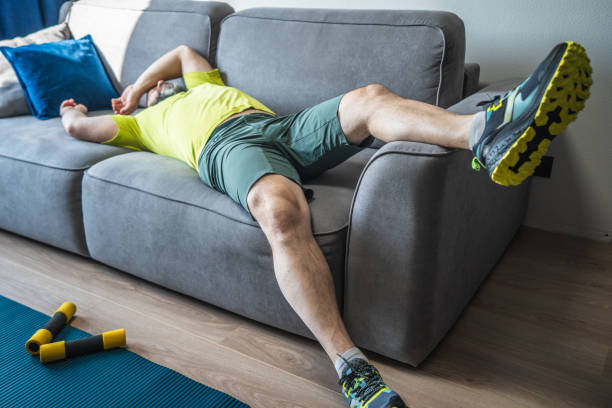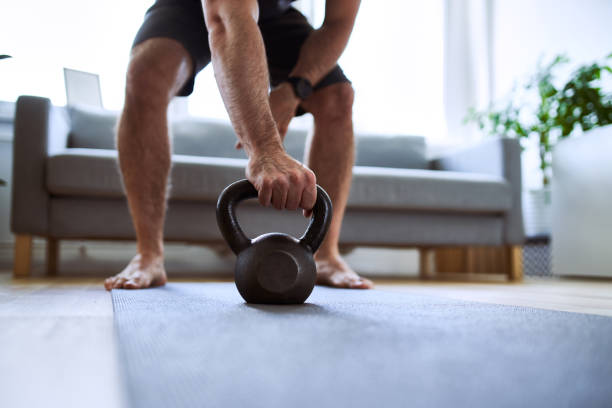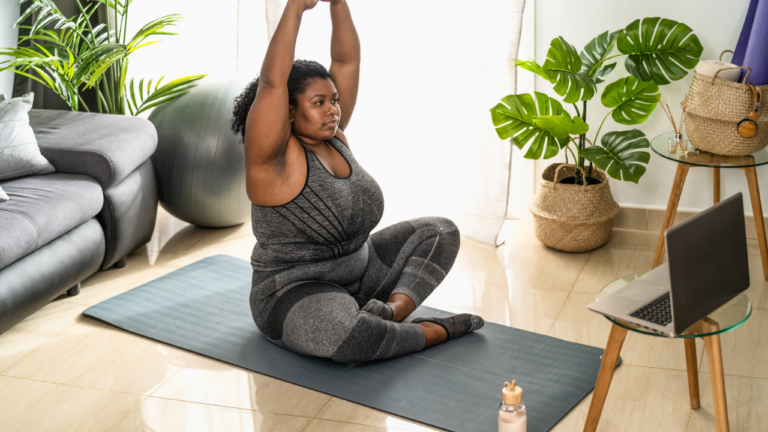Stretch It Out: Why Flexibility Matters for Runners
Running may be all about forward motion, but keeping your body healthy and injury-free requires you to pause and stretch. Whether you’re new to running or logging serious weekly mileage, regular stretching can improve mobility, reduce tightness, and support long-term performance.
Let’s break down why stretching matters for runners—and a few go-to stretches you can build into your weekly routine.
Why Stretching Helps Runners
Running puts repetitive stress on specific muscle groups: the calves, hamstrings, hip flexors, and quads, just to name a few. Without regular stretching, these muscles can tighten over time, leading to reduced range of motion, inefficient form, and a greater risk of injury.
Stretching can help:
-
Loosen tight muscles
-
Improve joint flexibility and stride length
-
Promote better posture and alignment
-
Support recovery after runs
-
Relieve post-run soreness and stiffness
It doesn’t take much—just a few minutes a day can make a real difference.
When to Stretch
Before a run: Skip the long holds and opt for dynamic stretches—active movements that warm up your muscles and get your joints ready. Think leg swings, walking lunges, and high knees.
After a run: This is the time for static stretches—longer holds that help lengthen muscles and promote recovery while your body is still warm.
6 Stretches Every Runner Should Know
Here are a few simple static stretches you can do after any run, workout, or even at the end of the day. Hold each one for 20–30 seconds per side, breathing deeply and never forcing the movement.
1. Standing Calf Stretch
Targets the calves and Achilles—great after hilly runs or speed work.
Stand facing a wall, step one foot back, and press the heel into the ground while bending your front knee slightly.
2. Hamstring Stretch
Loosens the back of your legs and helps prevent lower back tension.
Sit on the ground with one leg extended, reach toward your foot, and keep your back flat as you hinge forward.
3. Quad Stretch
Relieves tightness in the front of the thighs, especially after longer runs.
Stand tall, grab one ankle behind you, and gently pull your heel toward your glutes while keeping your knees aligned.
4. Hip Flexor Stretch
Counters the tightness that builds from both running and sitting.
Step into a lunge position, lower your back knee to the ground, and press your hips forward slightly.
5. Figure Four Stretch
Opens the hips and glutes—helpful for IT band and piriformis tension.
Lie on your back, cross one ankle over the opposite knee, and gently pull your leg toward your chest.
6. Spinal Twist
Relieves tension in the lower back and improves rotation.
Lie on your back, hug one knee to your chest, then gently guide it across your body while keeping your shoulders grounded.
Final Thoughts
Stretching is one of the simplest tools available to runners—but it’s often the first thing we skip when time is tight. Think of stretching not as a chore, but as a way to take care of the body that carries you through every mile. A little consistency goes a long way toward helping you feel more fluid, more comfortable, and more injury-resistant in your training.
Looking for a full post-run stretch routine you can follow? Stay tuned to the Team Brookline blog for guided mobility flows and warm-up ideas in the weeks ahead.
